Harley-Davidson's Business Transformation
VerifiedAdded on 2020/03/23
|5
|850
|77
AI Summary
This assignment analyzes Harley-Davidson's successful business transformation in the 1980s. It explores their strategies using tools like SWOT, PESTLE, and Porter's Five Forces to overcome challenges from Japanese competition and financial difficulties. The company's focus on improved production methods, new models, employee relationships, and benchmarking led to their resurgence.
Contribute Materials
Your contribution can guide someone’s learning journey. Share your
documents today.
1 out of 5
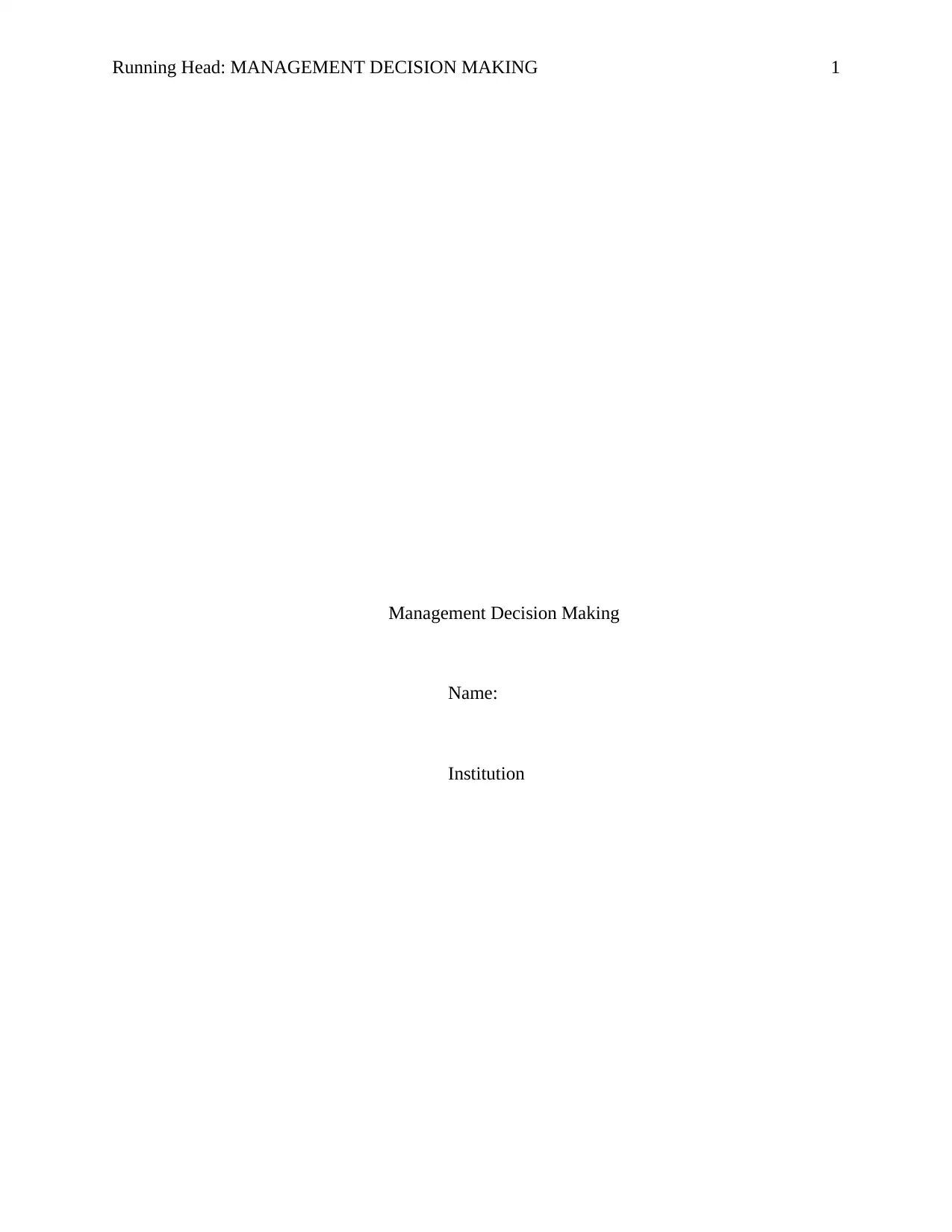
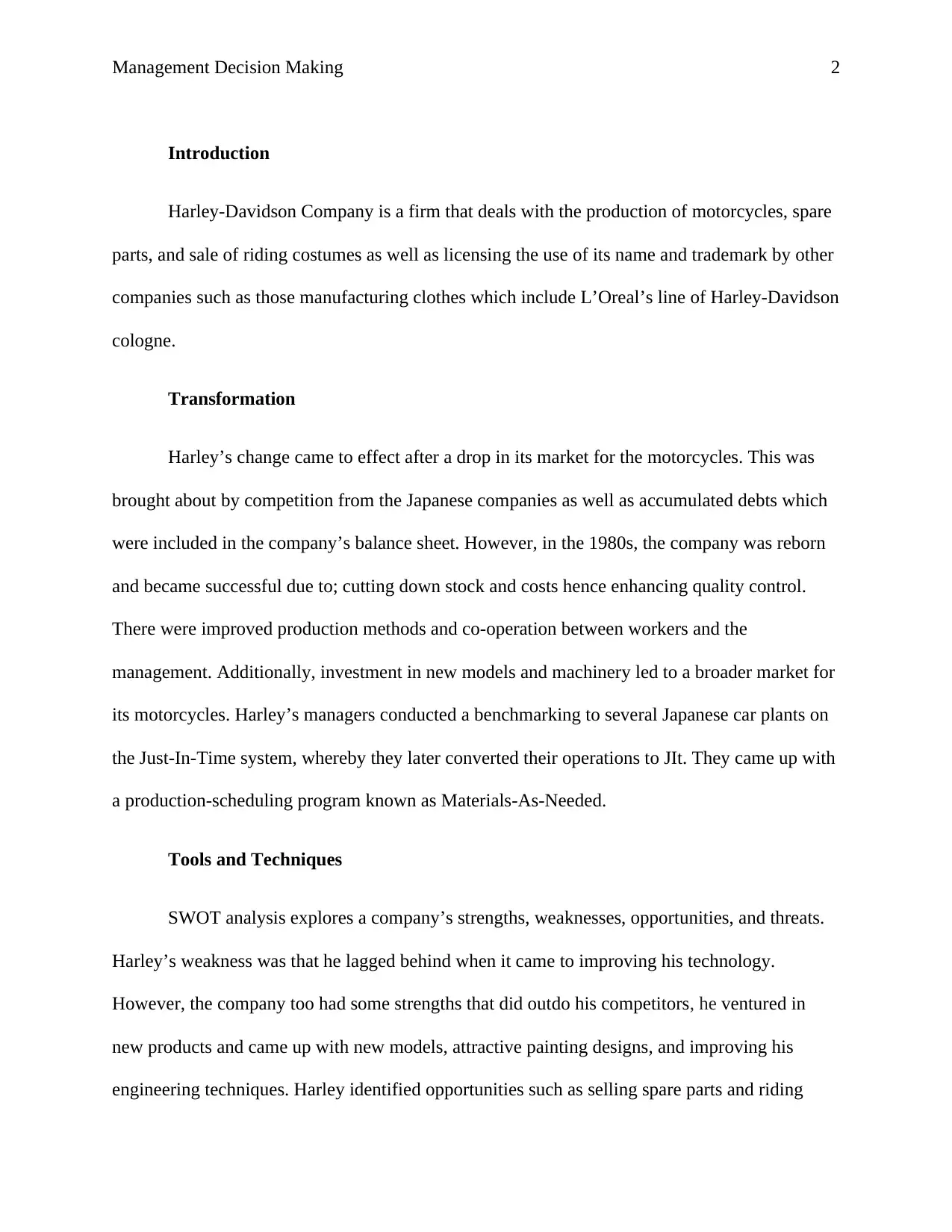
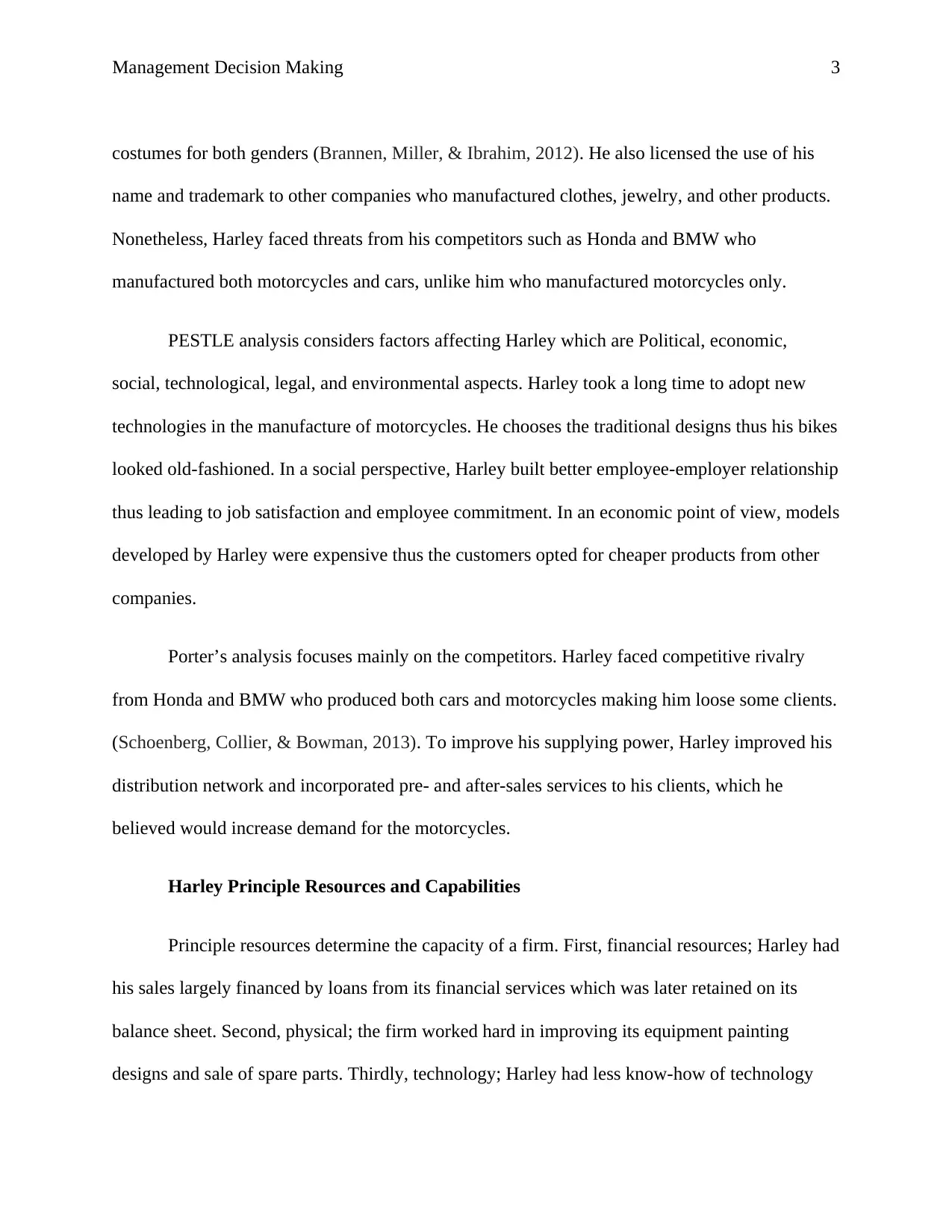
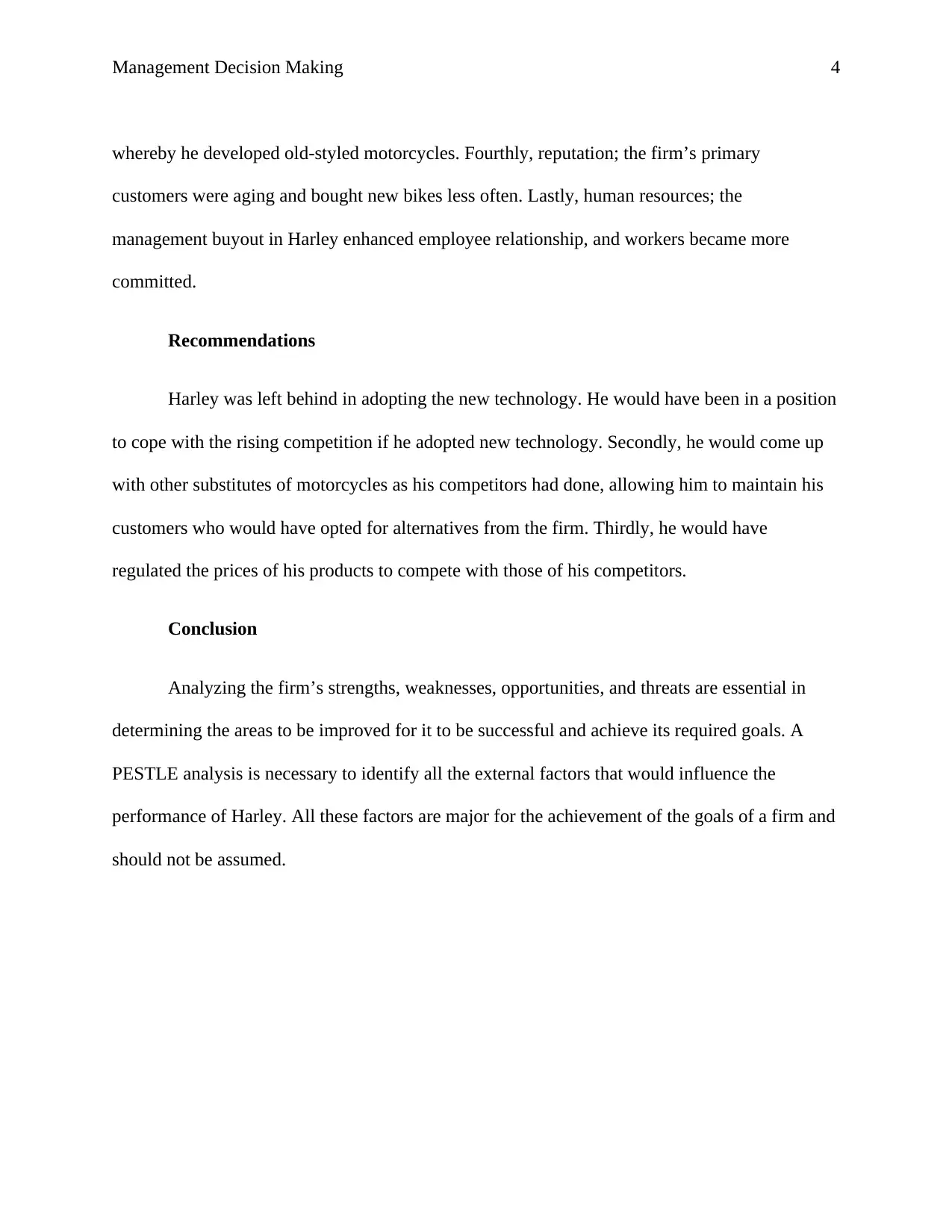
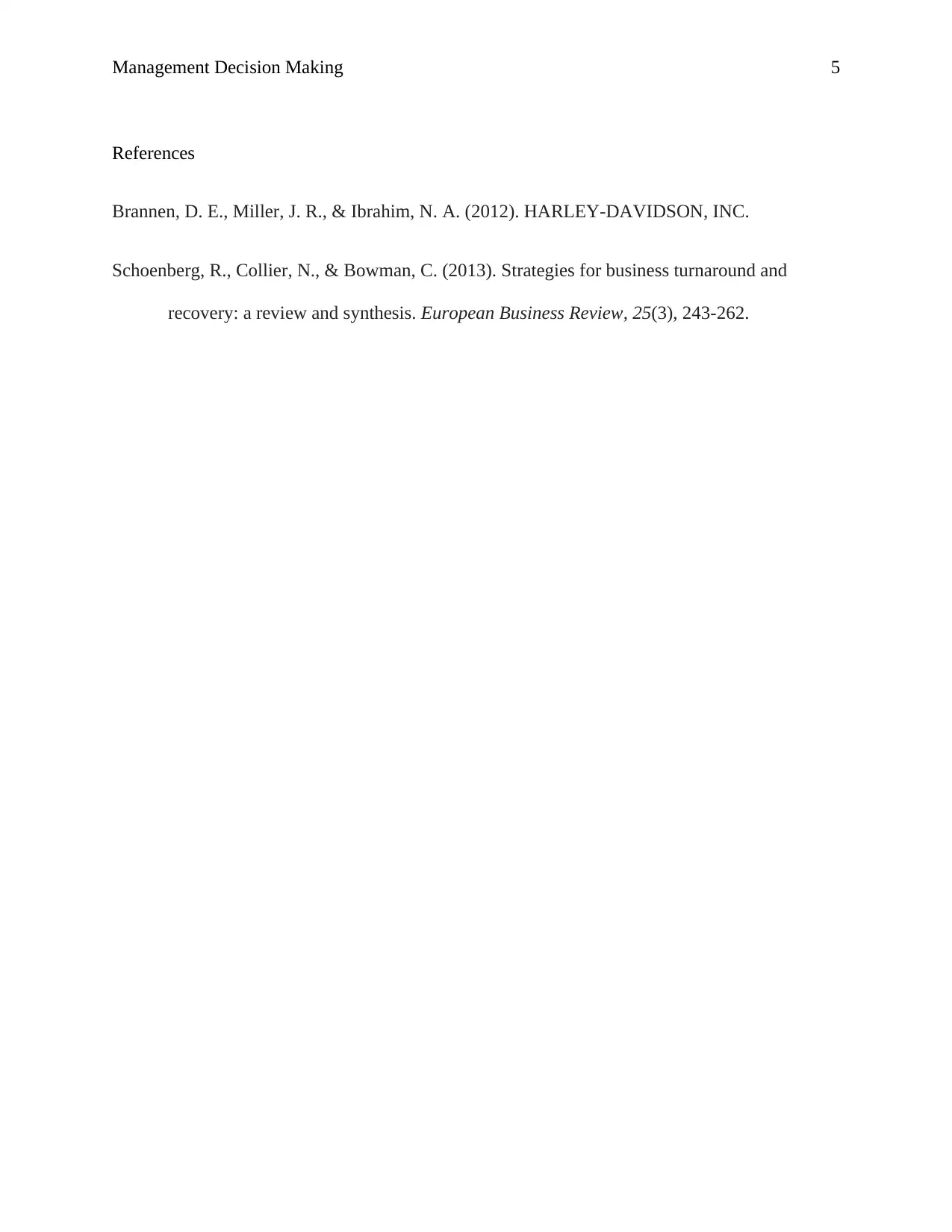






![[object Object]](/_next/static/media/star-bottom.7253800d.svg)